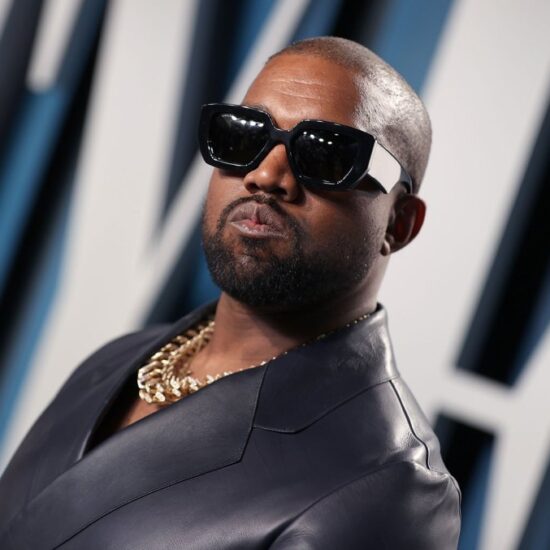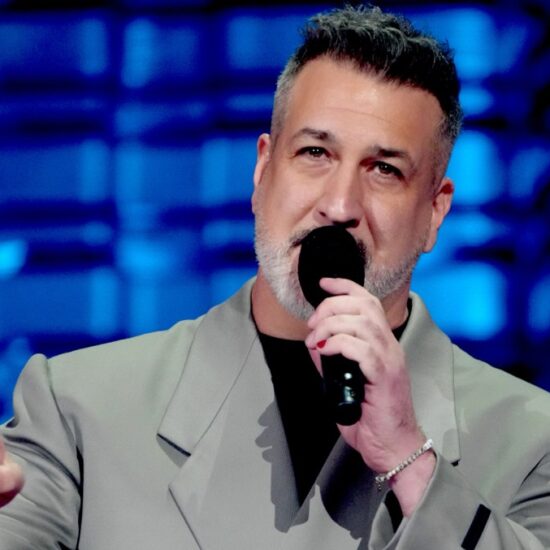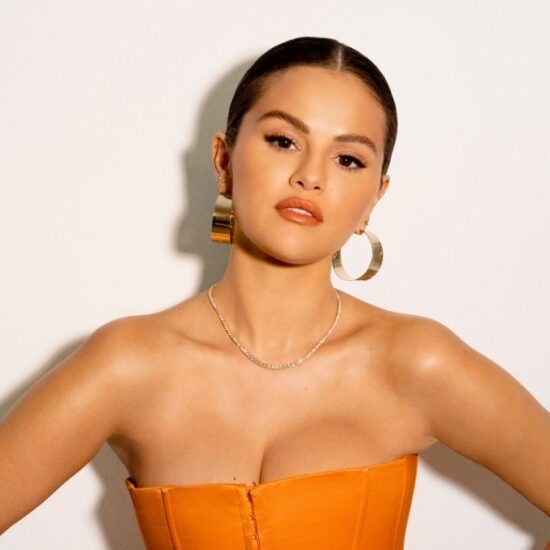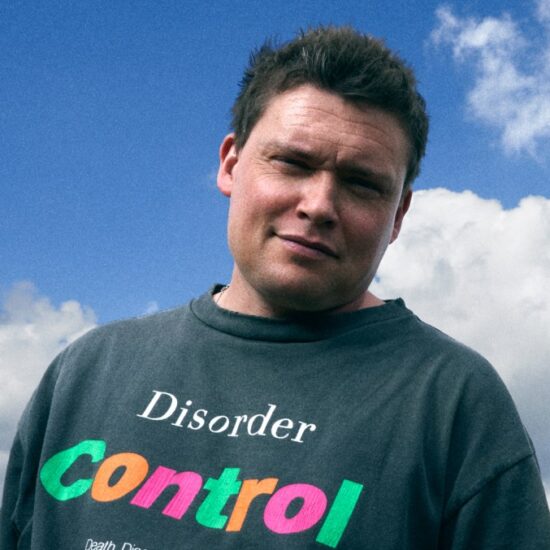
“Hey, hey, U.S.A./ We ain’t seen our better days.”
In a divisive era with many Americans skeptical about the future of the democracy, Luke Bryan’s new single, “Country On,” is a timely elixir, a four-minute reminder of the nation’s proud middle class, its work ethic and the sense of community that comes from simply doing what they do.
“When I’m onstage, and when I’m singing ‘Most People Are Good,’ I feel that most people are still that, and I feel like most Americans really support the American dream,” Bryan says. “There’s a lot of forces out there really trying to interrupt that, but the day that we wake up and feel like the United States can’t have better days, I think the whole spirit of the country is lost.”
“Country On” experienced quite an evolution to become a blue-collar anthem. When singer-songwriter Styles Haury first proposed the idea during a 90-minute phone call with songwriter Mitch Oglesby in summer 2021, the title was “Hillbilly On,” as in “She loves it when I get my hillbilly on.”
“It got kicked around until it was ‘Country On,’” recalls Haury. “And I was like, ‘Yeah, like ‘carry on.’ And dude, that’s a huge post-COVID-19 thing, with all the craziness that’s going on in the world.”
“Finding that angle,” Oglesby adds, “really made the song what it is. It gave us avenues to say something.”
What that something would be didn’t become fully clear for another month or so. Oglesby had a September writing appointment in the basement of Nashville’s MV2 Entertainment with David Frasier (“Most People Are Good,” “Drinking Class”) and Mark Nesler (“Just to See You Smile,” “You Look Good in My Shirt”), and they batted around titles for a bit without finding one that got them excited. Oglesby offered up “Country On,” and his co-writers caught the value in its “carry on” connotation.
“We all need a pep talk,” says Nesler. “People that go unappreciated many times are really needing somebody to pat them on the back. What better way to say it than ‘Country On’?”
Oglesby cautioned that Haury was already involved and should be part of the process, though the song was mostly completed that day. “We didn’t know we’d finish it in a couple of hours,” Oglesby says. “That’s the thing about a great idea: The better the idea, the easier the song is to write.”
Nesler started playing a three-chord country progression with Southern rock overtones on acoustic guitar, and he hummed a passage that led naturally to the phrase “Country on.” “The melody that I was messing with enabled us to say the hook within the first 15 seconds or so of the song,” he explains. “We’d just write a bunch of these little verses and change it each time to a different person and their occupation.”
Oglesby found the first of those people at the rodeo — “Hey, cowboy, keep slinging that rope” — inserting him into the first spot in the chorus. After that, they carved out the jobs in order from the beginning — farmer, truck driver, bartender, fireman and soldier — instructing each of those blue-collar workers to “country on.” “The song,” notes Haury, “is a tip of the hat to the backbone of America.”
The list is hardly complete: It misses auto mechanics, construction workers, waiters, bus drivers and — hello! — music journalists. “We wish we could have had room to [add] nurses and doctors,” Frasier observes. “There’s a lot of people that didn’t get in that list, but I hope they still feel it the way we did.”
For the final stanza, they widened the focus from individuals to the Nashville music community, and then Frasier expanded further — “Hey, hey, U.S.A./ We ain’t seen our better days” — leading a cheer for a nation struggling to regain its direction and its optimism.
“I look at the world right now, and I go, ‘Are we leaving this place better like every generation had hoped to?’” says Frasier. “I’m afraid my answer is ‘No, we’re not.’ But even the next generation can live up to the line, ‘We ain’t seen our better days,’ and it may be up to them to bring that around. But I’ve got to believe that. That’s what gets you up and down the road every day.”
Nesler finished the demo later, making a slight change in the chorus melodies to provide some separation from the similarly structured verses. Oglesby made a demo as well, though Nesler sent his to producer Jeff Stevens around November. And it made quite the impression. “My heart filled with hope and pride for our country,” Stevens says. “And I don’t care how corny that sounds. I just couldn’t believe what I was hearing.”
He forwarded the “Country On” demo to Bryan, who had Stevens immediately place it on hold. Bryan responded to both the song’s sentiment and the title. “It’s a very uniting term, like about the Boston Marathon and you saw those shirts, with people uniting around ‘Boston Strong,’ ” he remembers. “I think ‘Country On’ is kind of that same emotion.”
They held on to the song until May, when Bryan started recording again at Nashville’s Ocean Way. But days before the session, Stevens reached back out to the songwriters to tweak it. He wanted to add another half verse, setting up a guitar solo and allowing them to repeat the “Hey, hey, U.S.A.” section a second time. He made that request with trepidation, recognizing that the update might harm their affection for “Country On.”
“All this stuff is like balancing a basketball on the head of a pin,” reasons Stevens. “You could mess it up.”
Oglesby and Frasier added much of the new half verse, focusing on the most important job — parenting — with a shoutout to “Hey, Mom and Dad.” Eventually, “Hey, hometown” sang better; Nesler revised the demo, and Bryan was still on board with it. At the session, he told the musicians to think of “Country On” as a modern-day version of Alabama’s “Forty Hour Week (For a Livin’)” or “Roll On (Eighteen Wheeler).”
The biggest challenge during the session was the electric guitar sound. Justin Ostrander and Kenny Greenberg both added parts, creating some heaviness without detracting attention from Bryan’s vocal. Ultimately, Ostrander played three guitar chords at the outset, leading into Ilya Toshinsky’s acoustic part. “There’s no signature licks, and the turnaround — after the actual lyric of the song — is being played on acoustic guitar, which is kind of unusual,” co-producer Jody Stevens notes.
Jenee Fleenor added a little extra punch later, and Sarah Buxton provided a female counterbalance to Perry Coleman’s harmonies. She ended up giving extra power to the closing vamp.
“Country On” won out over several other contenders as a single. Bryan was thinking of releasing it in August, but Capitol Nashville wanted to get it out around Independence Day, issuing it to country radio via PlayMPE on July 1. Bryan debuted it in concert in Virginia Beach, Va. — an area with several military bases — and the “Hey, hey, U.S.A.” line elicited the desired response. “It does all the right magical stuff,” he says.
“Country On” lifts No. 26-22 on the Country Airplay chart dated Aug. 6, and Bryan hopes it ends up helping America reclaim some of its classic spirit.
“The beauty of this country is we can openly talk about what’s wrong,” he says. “It’s never easy, but through that, hopefully, we can make the country better, and therefore, we ain’t seen our better days.”














